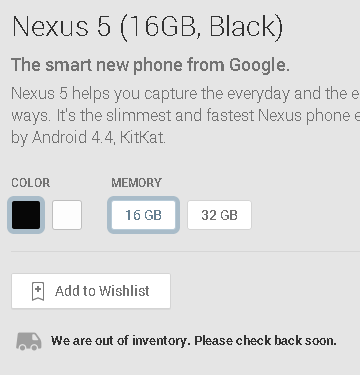I discovered a post regarding a new, experimental kernel for use with the Nexus One. As you all should know (unless you’ve been stuck in a Nuclear Bunker, or under a rock for the past year), the Nexus One is Google’s new kitchen-sink-included Android smartphone, which is for now only available direct from them.
Now, some technical stuff you may or may not know: A Kernel, according to Wikipedia, is the central component of most operating systems, including Android. The Nexus one comes with 2.6.29 kernel built in, however one of the “doubleTwist” team have managed to update their kernel to an experimental version, 2.6.32, including “sh, scp and ssh”.
I love to live on the bleeding edge side of technology, but there are some problems with the latest kernel. I have read several reports reporting stability issues, and one user reports that they had a worse battery-life, a sensor issue meant that the auto-brightness feature doesn’t quite work, and the back-lights for the 4 touch-buttons were very “flaky” (Quoted from a post in “Building the Kernel for the Nexus One” at XDA). (Note: After a new version of the kernel was published on the Kernel GitHub, the Sensor issue has apparently been fixed, with Proximity and Light sensors now working properly.)
Other users have reported Bluetooth issues. Certain devices appear to have stopped working as they should. One example I saw was that a Sennheiser headset no longer changing music tracks. Also, as with any kernel update, the WiFi modules need to be changed, although this is a fix that can be readily done.
Its reported that the kernel, with a memory table reshuffle, frees up some RAM space, which as far as I know allows the device to perform faster. Of course, I’m not too knowledgeable about this type of computing, and I don’t have a Nexus One to test it on, so please let me know if you try it out!
If you are interested in the original post, you can visit “Jon Lech Johansen’s blog”, and view the post about the Kernel here. An Update file is also available through the post, allowing you to get up to the Experimental kernel, although no guarantees it is the latest. If you want to build the latest kernel, you can find out about it from Cyanogen’s How To Build a Kernel port Wiki article.









